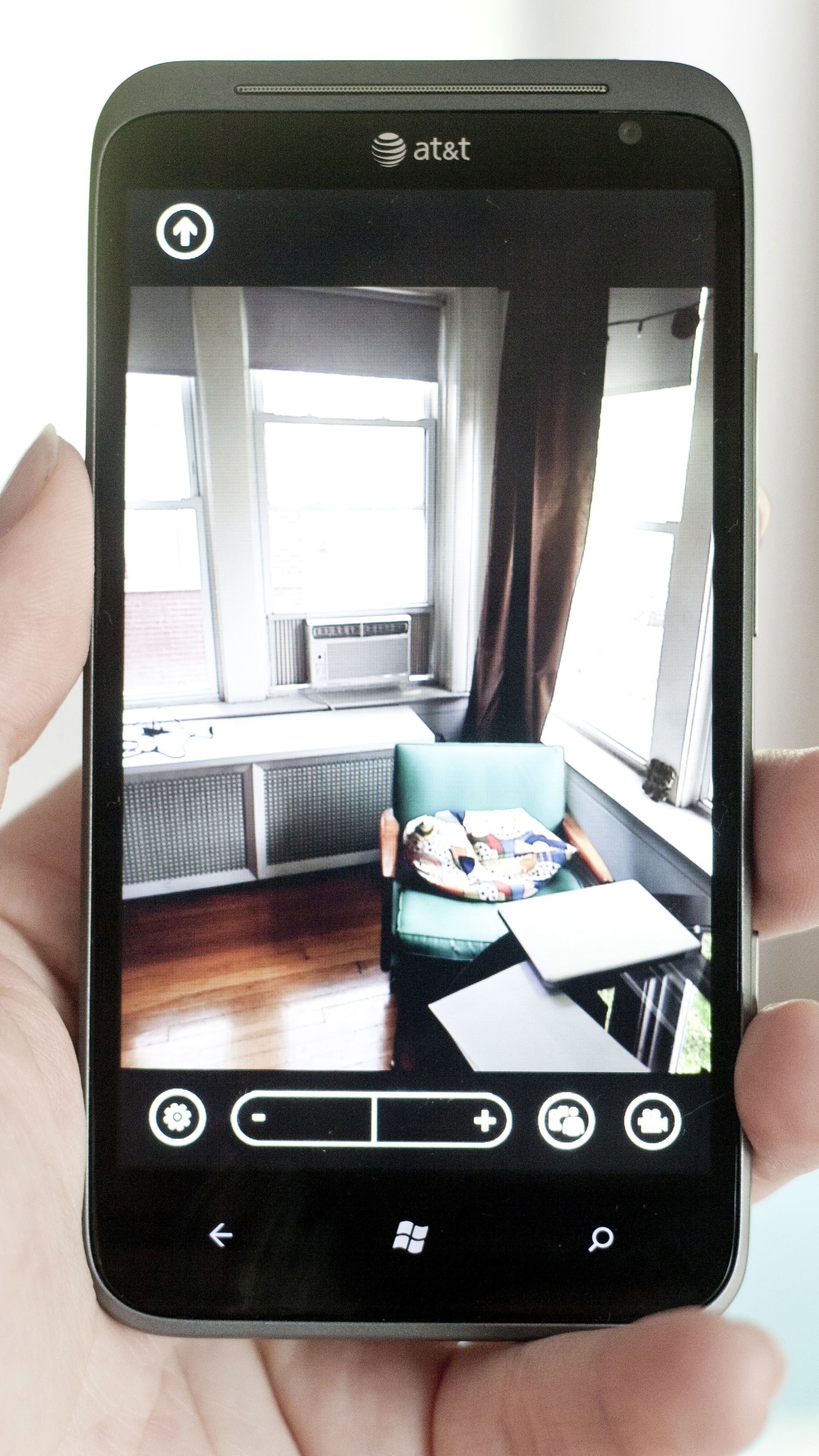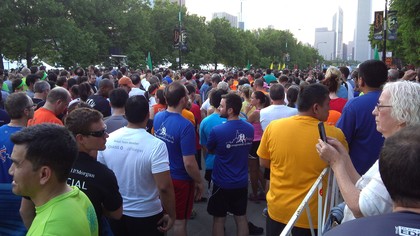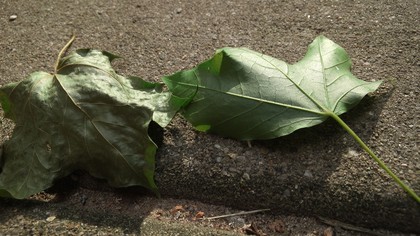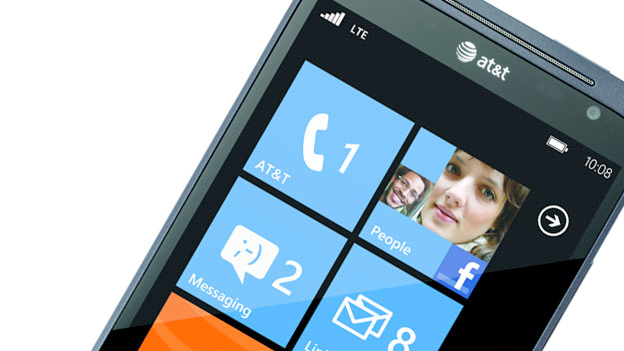Why you can trust TechRadar

No doubt, the 16-megapixel back camera is meant to be a selling point of the HTC Titan II, putting it at double the megapixels of the average modern smartphone (including the Nokia Lumia 900) and on par with just a couple other options. The 1.3-megapixel front-facing camera is meant only for video chats and quick self-shots, and doesn't provide a big step up from the average front lens.
Like all Windows Phones, the HTC Titan II includes a dedicated shutter button on the lower right side of the handset, which can be held halfway to focus before clicking all the way in to take the shot. Photos can also be taken by tapping anywhere on the screen in the app, which is a helpful addition, as holding in the shutter button may jitter the phone a bit.
At maximum settings, the Titan II takes 16MP photos at 4640x3480, though you can also snag 12MP (4000x3000), 10MP (3648x2736), and even smaller shots all the way down to VGA (640x480) images.

With stellar outdoor lighting, the HTC Titan II can take beautifully detailed shots, as we discovered in particular when snapping photos of flowers and plants. However, larger scene shots didn't flex much of the camera's extra muscle - appearing much like the 8MP shots we've seen on other handsets.

Indoors, the results are expectedly hit-or-miss. We've snagged sharp photos and blurry scenes alike, though certainly the dual LED Flash provides a nice boost for when lighting is low. Other handsets (like the iPhone 4S) seem to handle low-light shots better when the flash is disengaged, though.

Few phones offer this wide of an array of options, though, letting you adjust aspects like white balance, brightness, contrast, and saturation on top of optionally setting the ISO manually. The Titan II also includes red eye reduction, image stabilizer, and metering mode options, as well as face detection and smile capturing.
And the list of effects goes far beyond simple grayscale, sepia, and negative options, featuring a total of 10 on-the-fly filters that includes the pictured Posterize (below) and others that aim to provide more vintage-esque shots or faux-overexposed photos.

The 16-megapixel camera may not produce photos that appear twice as sharp or detailed as many other phones' results, but numbers never tell the whole story in such situations.
In many ways, the camera seems on par with those of other current smartphones, but the wider variety of options and dedicated shutter button make it a reasonable replacement for a point-and-shoot for casual photographers.
